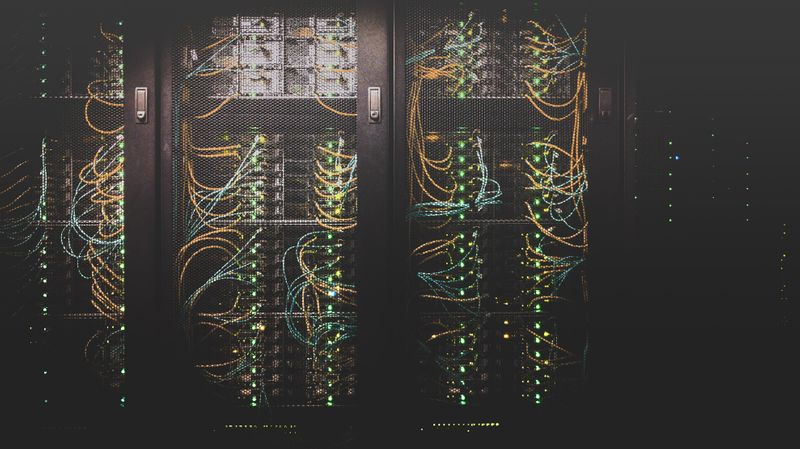
This logo isn't an ad or affiliate link. It's an organization that shares in our mission, and empowered the authors to share their insights in Byte form.
Rumie vets Bytes for compliance with our
Standards.
The organization is responsible for the completeness and reliability of the content.
Learn more
about how Rumie works with partners.
"Oh it's in the Cloud."
We refer to the Cloud all the time, but what is it?
Cloud computing is renting resources, like storage space, on another company's computers. You only pay for what you use. The company providing these services is referred to as a Cloud Provider.
Cloud Computing allows users to benefit from new technologies, without the need for expertise to use them.
Some examples of Cloud Computing include: streaming services (Netflix), gaming (Fortnite), and document/email services (Gmail, Google Docs).
Did you know?
Functions Of Cloud Computing
1. Reduce Capital Expenses
Companies can utilize storage and computing resources from the Cloud provider, so they do not have to buy or maintain their own.
2. Improve System Reliability
Cloud Providers guarantee a certain level of service through contracts known as Service Level Agreements (SLA) that make it easier for their customers to provided uninterrupted service.
There is no more delay that could be associated with geographical distance (for a technician to go on site), or lead delivery time for replacement equipment. The Cloud provider takes care of the hardware backup strategies and maintenance updates.
3. Greater Flexibility and Scalability
Cloud computing is elastic and scalable; users can increase/decrease resources as needed. This allows a business to grow or shrink to adapt to market demands.
4. Redundancy
Redundancy is having more than one of something in case the first instance fails. Cloud computing stores data in multiple places, so that even if one server has an issue, the data will remain intact.
Quiz
What is not a function of Cloud Computing?
Cloud computing allows for companies to reduce or eliminate the need to buy new equipment. Instead, they pay the Cloud Provider, who owns and maintains the equipment.
Did you know?
Risks Of Cloud Computing

1. Downtime
Service outages are always possible, and can occur without warning.
2. Security
Storing data and important files on external service providers creates risk. Data can be hacked or compromised.
3. Limited Control
Since the Cloud infrastructure is entirely owned, managed, and monitored by the service provider, you may have limited control as a user.
4. Difficult to Change Providers
Organizations may find it difficult to migrate their services from one vendor to another.
Quiz
What is not a risk of Cloud Computing?
Moving to a cloud computing model shift expenses from Capital to Operational expenses. This is considered a function of Cloud Computing not a risk.
Did you know?
Take Action
When do you use the Cloud?
How does it benefit you?
Are there any risks it might expose you or your data to?

This Byte has been authored by
Talal Houalla
Assessment Services Consultant
Christine Megit
Assessment Services Consultant
Elon Welshman
Associate Assessment Consultant at Softchoice
Dominik Kopec
Technical Asset Management Consultant with a passion for DevOps